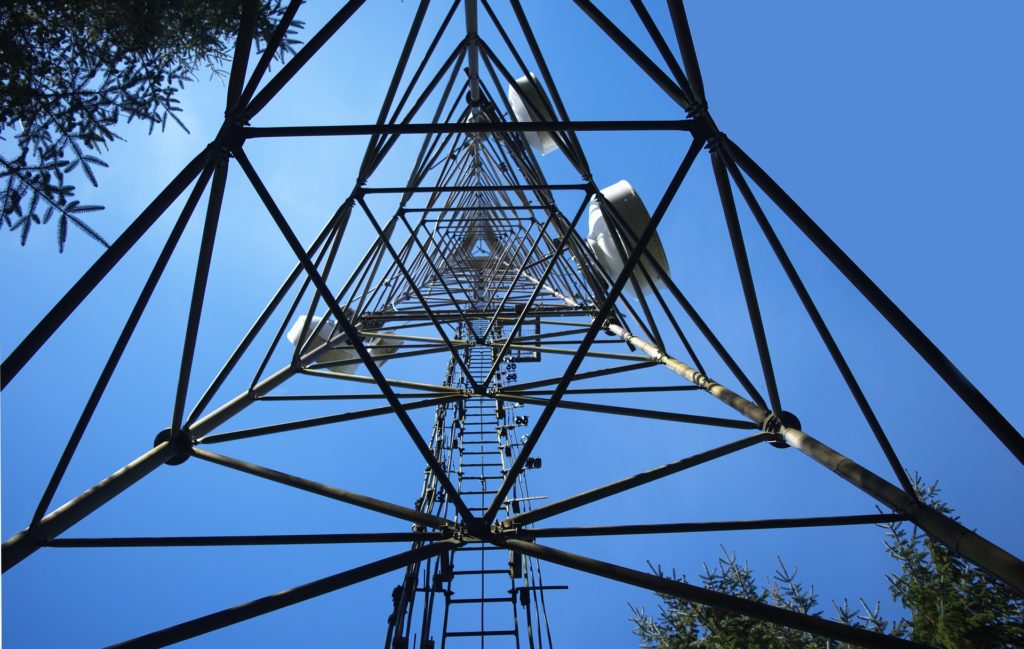
The US’s allegations of cyber espionage by Chinese tech giant Huawei are still sending ripples through the news. While trade conditions continue to sour between the two nations, effecting supply-side prices, the conversation in Europe has drifted towards decisions to grant contracts to Huawei for the expansion of 5G infrastructure. With more than 40 international deals, Huawei currently dominates the global market in 5G kits, followed by Nokia (with 38) and Ericsson (with 18) at some distance. Huawei has invested more than twice as much money into 5G R&D than any other company in the field and offers its products at the most competitive price, leaving EU nations in a bind as to whether to follow the US’ urging and ban the kit entirely. The gradual transition to 5G will herald a new age in connectivity and affect almost every device embedded in our society. Huawei’s participation in its installation is just one in an emerging landscape of risks that this new technology will bring to the fore.
Unlike previous iterations of the mobile broadband network which prioritised the use of devices by humans in their infrastructure, 5G is different. It will be the first network of its kind designed with machines as the primary user base, promising to open up new value in the nascent Internet-of-Things and other embedded tech like vehicular GPS and medical robotics. 5G will offer more efficient connections and lower latency, shortening loading times to a matter of milliseconds. To achieve this, telecommunications companies will begin slowly overhauling the entire physical infrastructure of the cell network in order to support 5G’s use of the under-plumbed, short-range millimetre wave frequency. While the 4G LTE network was built on roughly the same equipment that supported 2G and 3G, 5G’s new functionality demands that small wireless antennas be placed every few feet in urban areas – on lampposts, houses, road signs, pre-existing cell towers – to provide constant coverage.
The health scare regarding the low-level RFR exposure from cell towers is well known. Certain spectra of medical science and social management have warned of the health dangers posed by ubiquitous mobile phones for years, and the proliferation of 5G antennas in urban developments will only stoke a further conversation. Millimetre waves may be weaponised as a crowd dispersal tool, as they are in the United States’ Active Denial Systems, and it is not known how secure or powerful the antennas will be when they make their appearance. The Internet-of-Things is its own quagmire of security issues, most of which will only expand with the introduction of more and faster connections. What is more chilling is the risk associated with diverting massive volumes of mobile traffic into higher frequencies, particularly in major economies. In the United States, the bloc of wireless radio frequencies reserved for 5G usage abut those used by weather satellites, observing precipitation, sea ice, air temperature and cloud formation. It may be that in overloading these frequencies, meteorological readings will be badly affected, shortening warning periods for storm surges and hurricanes and increasing weather risks in major cities. As US weather data is crucial to forecasting the weather in Europe and elsewhere, the results of these interruptions may ultimately see a global impact. Regulatory talks regarding the level of interference allowance are tabled for October, but the extent to which traffic may disrupt instruments will not be known until the roll-out is complete.
The first stages of the 5G conversion seem inevitable at this point. Its installation will certainly present new areas for business competition, lucrative investment, engineering techniques and efficiency in the way society engages with technology. The risk factors, however, cannot be disregarded lest they become embedded in our very way of life, and highlight the extent to which the technological can never hope to be apolitical.


